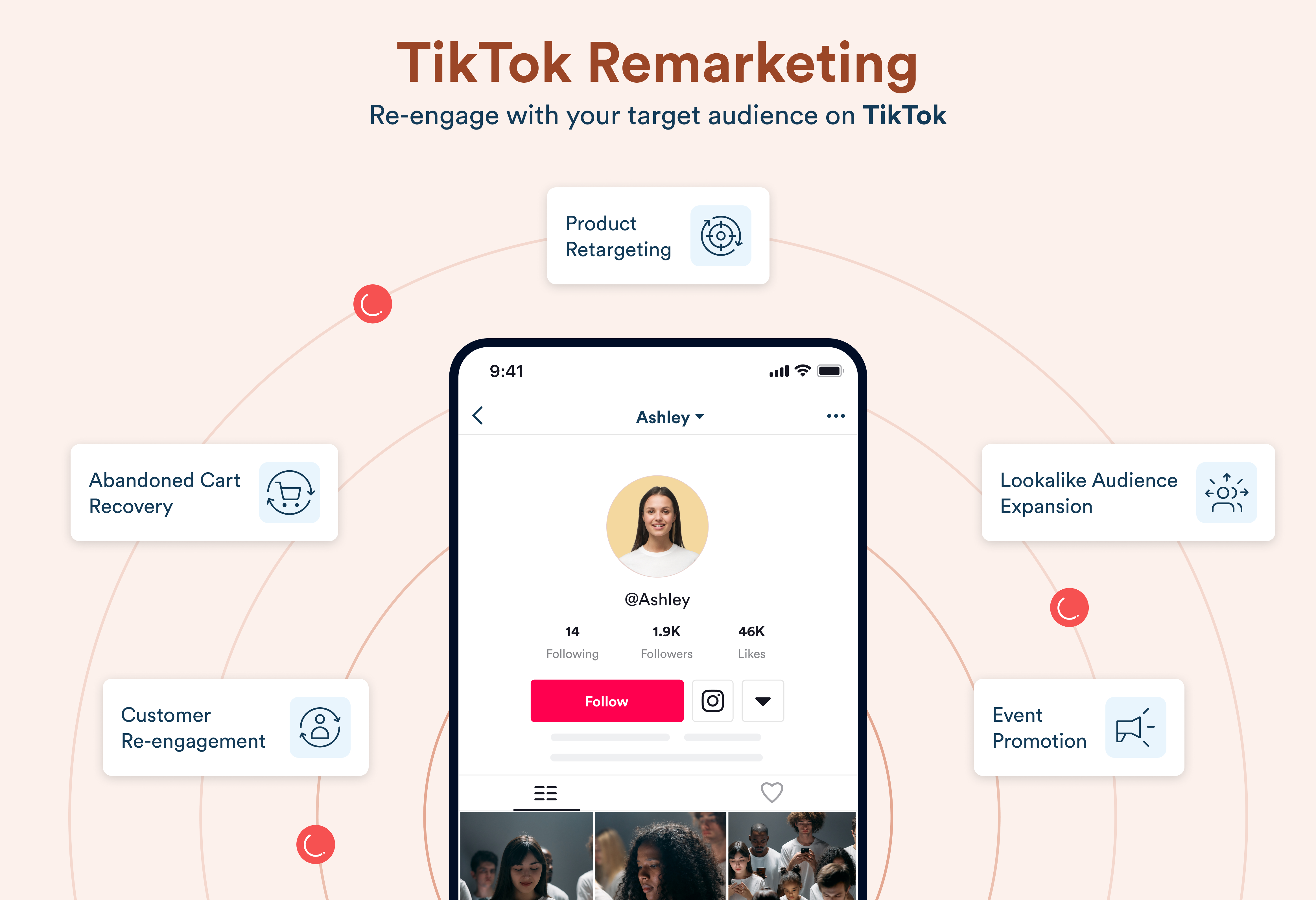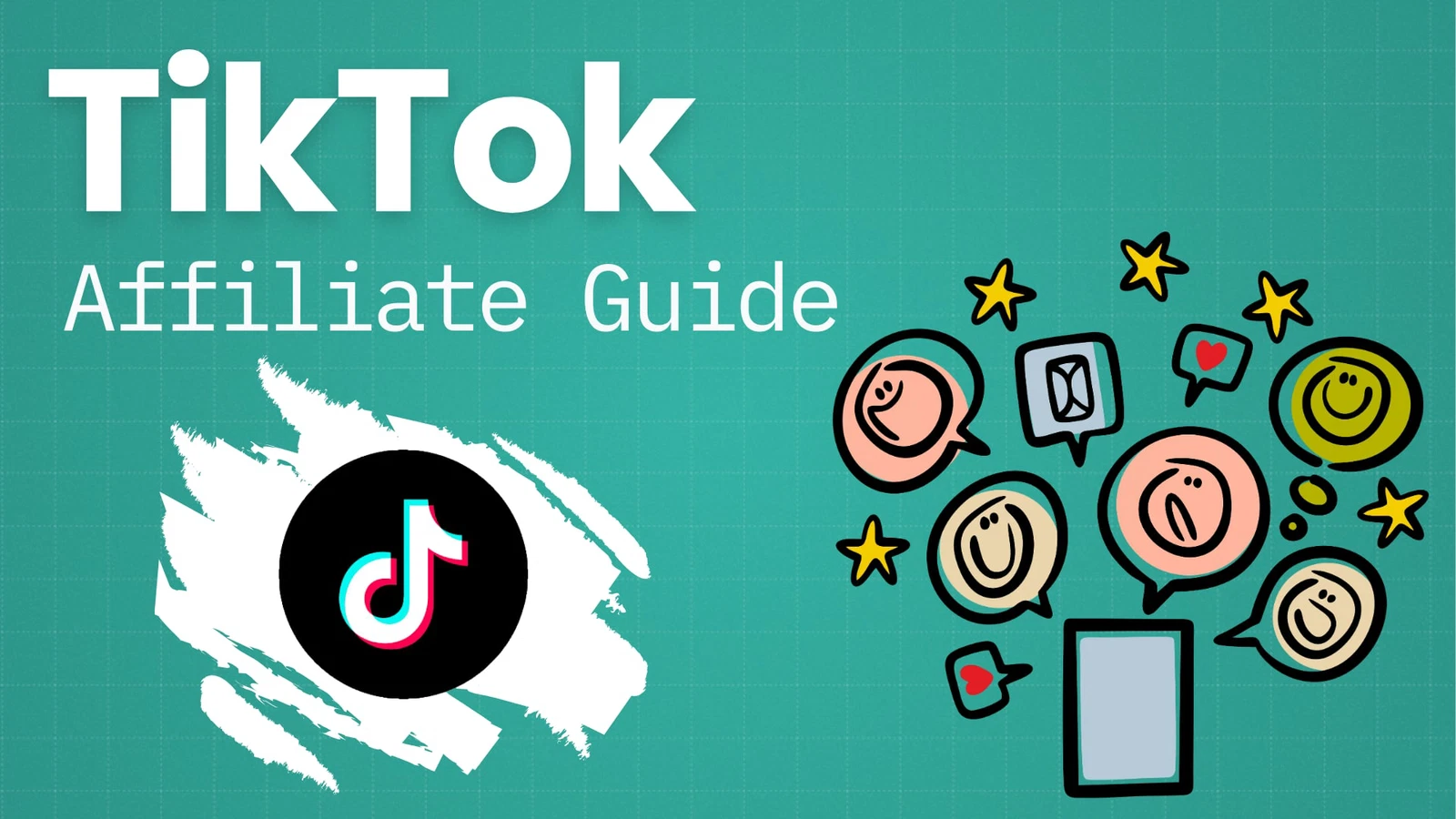TikTok Remarketing Strategy: Complete Guide
TikTok, with its growing popularity and diverse user base, has become an essential platform for brands seeking to engage with both B2C and B2B audiences. One of the most powerful advertising tools available for marketers is remarketing—the practice of targeting users who have already interacted with your brand, whether through visiting your website, engaging with your TikTok content, or other forms of interaction. Remarketing strategies allow you to bring potential customers back into the sales funnel and increase conversions by re-engaging with them in a personalized and impactful way.
In this comprehensive guide, we’ll explore the TikTok remarketing strategy, why it’s effective, and how you can use it to grow your business.
What is TikTok Remarketing?
Remarketing, in the context of TikTok ads, refers to the practice of targeting users who have previously interacted with your business in some way. This could include actions like:
- Visiting your website (tracked through TikTok Pixel).
- Engaging with your TikTok videos (likes, comments, shares).
- Clicking on your ads but not converting.
- Watching your TikTok videos or ads to a certain point.
By targeting these users with tailored messages, TikTok remarketing allows businesses to nurture leads and encourage conversions without spending money on reaching cold audiences who have never interacted with your brand.
Why TikTok Remarketing is Crucial?
Remarketing is critical because it focuses on people who have already shown interest in your product or service, and this audience is much more likely to convert than new prospects. Here are some reasons why TikTok remarketing is an effective strategy:
1. Higher Conversion Rates
Since remarketing targets people who have already interacted with your brand, they are familiar with your offerings and are more likely to convert. This means remarketing campaigns often see higher conversion rates compared to campaigns targeting cold leads.
2. Cost-Effective
TikTok remarketing allows you to re-engage users who have already shown interest, which makes it a more cost-effective way to drive sales and leads. You’re not wasting money on impressions or clicks from users who may never become customers.
3. Better Customer Engagement
By targeting users with specific, personalized content, you can engage them on a deeper level. For instance, you can show ads based on their previous interactions, making them feel that the message is tailored to their needs and preferences.
4. Increased Brand Recall
Remarketing helps to keep your brand in front of users’ minds. By showing users ads multiple times, your brand gains better recognition and recall, which can eventually lead to more conversions.
How to Set Up TikTok Remarketing?
To successfully execute a remarketing campaign on TikTok, follow these steps:
1. Set Up TikTok Pixel
Before you can run any remarketing campaigns, you need to install the TikTok Pixel on your website. The TikTok Pixel is a piece of code that tracks visitors to your site, collects data on their interactions, and sends it back to TikTok for optimization.
Here’s how you can set up the TikTok Pixel:
- Go to the TikTok Ads Manager.
- Navigate to the Pixel section and click on “Create Pixel.”
- Copy the Pixel ID and install the code on your website (if you’re using an e-commerce platform like Shopify, it’s simple to integrate through plugins).
- Ensure the pixel is properly firing to track user activities like page visits, add to cart, or purchases.
2. Create Custom Audiences
Once your TikTok Pixel is set up and collecting data, you can create Custom Audiences based on different user actions. For example:
- Website Visitors: Users who visited your site but didn’t convert.
- Add to Cart: Users who added a product to the cart but didn’t make a purchase.
- Video Views: Users who watched a certain percentage of your TikTok video (e.g., 50% of the video).
- Engaged with your TikTok Ads: Users who interacted with your ad (liked, commented, shared).
3. Define Your Campaign Objective
TikTok offers several types of ad objectives that you can choose from. Some of the most common objectives for remarketing campaigns include:
- Conversions: When you want to target people who are most likely to make a purchase or take a specific action.
- Traffic: If you want to drive users back to your website or landing page.
- Engagement: If you want users to interact with your TikTok content again.
4. Design Remarketing Ads
Once you’ve defined your audience, it’s time to design the ads. The key to successful remarketing is delivering the right message at the right time. Consider these strategies:
- Tailor Your Message: Show ads that resonate with the user based on their previous interactions. For example, if they added an item to the cart, show them an ad reminding them of the item or offering a discount.
- Include Strong Calls to Action (CTA): Since remarketing ads target users who are already familiar with your brand, your CTA should be action-oriented and create a sense of urgency. For example, “Complete Your Purchase Now!” or “Limited-Time Offer – Buy Now!”
- Use Engaging Formats: TikTok’s creative and engaging ad formats like In-Feed Ads, Branded Hashtag Challenges, and TopView Ads can capture users’ attention effectively. Make sure your videos are short, visually appealing, and tell a story.
5. Optimize Your Campaign
After launching your TikTok remarketing campaign, continuously monitor its performance and make adjustments as needed. Here are a few ways to optimize:
- A/B Test Ads: Test different ad creatives, copy, CTAs, and formats to see what works best.
- Adjust Budget: Allocate more budget to ads that are performing well and pause those that aren’t driving results.
- Monitor Frequency: Ensure that you’re not over-exposing your remarketing ads, as this can lead to ad fatigue. You can set frequency caps to control how often users see your ads.
TikTok Remarketing Best Practices
To get the most out of your remarketing campaigns, follow these best practices:
1. Segment Your Audiences
Not all users are created equal. Segment your audiences based on how they interacted with your brand. For example, users who watched a product video might be treated differently than users who visited your website and added an item to their cart. This helps you create more relevant and personalized ads.
2. Use Dynamic Product Ads (DPA)
If you have an e-commerce business, use TikTok’s Dynamic Product Ads (DPA) to show personalized product recommendations to users who previously visited your website. This allows you to automatically create and display product-specific ads based on users’ browsing behavior.
3. Leverage Cross-Channel Remarketing
If you’re running ads across multiple platforms, such as Facebook or Instagram, consider leveraging cross-channel remarketing. You can track interactions across multiple platforms and create more integrated remarketing campaigns, increasing the chances of conversion.
4. Offer Discounts and Promotions
A great way to encourage users to return and complete their purchase is by offering discounts or special promotions. This could be a limited-time offer or a discount code for returning customers, making them feel like they’re getting an exclusive deal.
5. Use Lookalike Audiences
Once you’ve successfully created remarketing campaigns and gathered data, you can use TikTok’s Lookalike Audiences feature. This allows you to find new users who are similar to your existing remarketing audience, expanding your reach while maintaining high relevance.
Common Mistakes to Avoid in TikTok Remarketing
While TikTok remarketing can be highly effective, there are a few common mistakes that brands should avoid:
1. Ignoring Frequency Caps
If users see the same ad too often, they may experience ad fatigue, leading to lower engagement or even negative brand sentiment. Set frequency caps to ensure that your ads are not over-exposed.
2. Being Too Sales-Heavy
Remarketing is about nurturing relationships, not just pushing for sales. Don’t focus solely on driving conversions. Mix in content that provides value, such as educational posts, entertaining videos, or customer success stories.
3. Not Testing Ads Enough
Failing to A/B test different creatives, copy, and targeting strategies can leave opportunities for optimization on the table. Regularly test your ads to find what works best for your audience.
Conclusion
TikTok remarketing is a powerful tool for brands looking to re-engage users who have shown interest in their products or services. By setting up a TikTok Pixel, creating custom audiences, designing personalized ads, and optimizing your campaigns, you can drive higher conversions and increase your return on investment (ROI). TikTok’s engaging video format, combined with the right remarketing strategy, can create meaningful connections with potential customers and move them through the sales funnel.
By focusing on audience segmentation, creative messaging, and ongoing optimization, you can create remarketing campaigns that resonate with your audience and achieve your business goals. So, start experimenting with TikTok remarketing today and see how it can elevate your digital marketing efforts!




